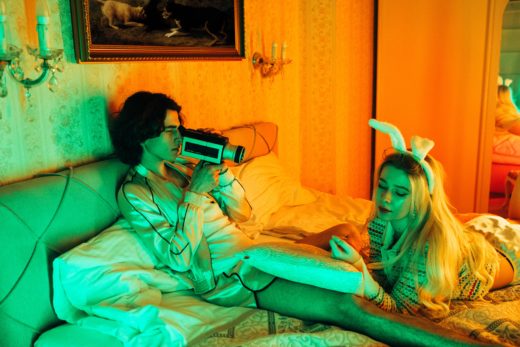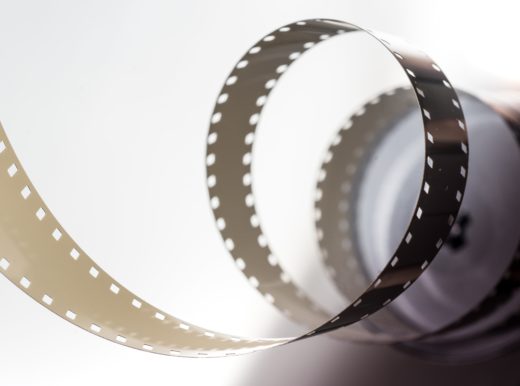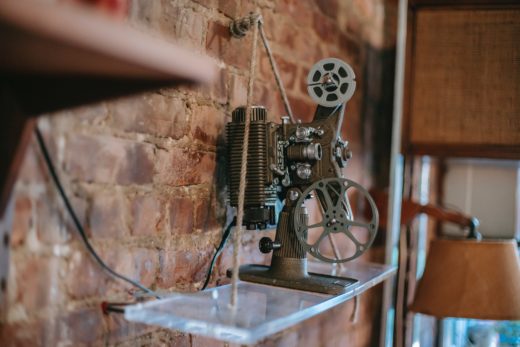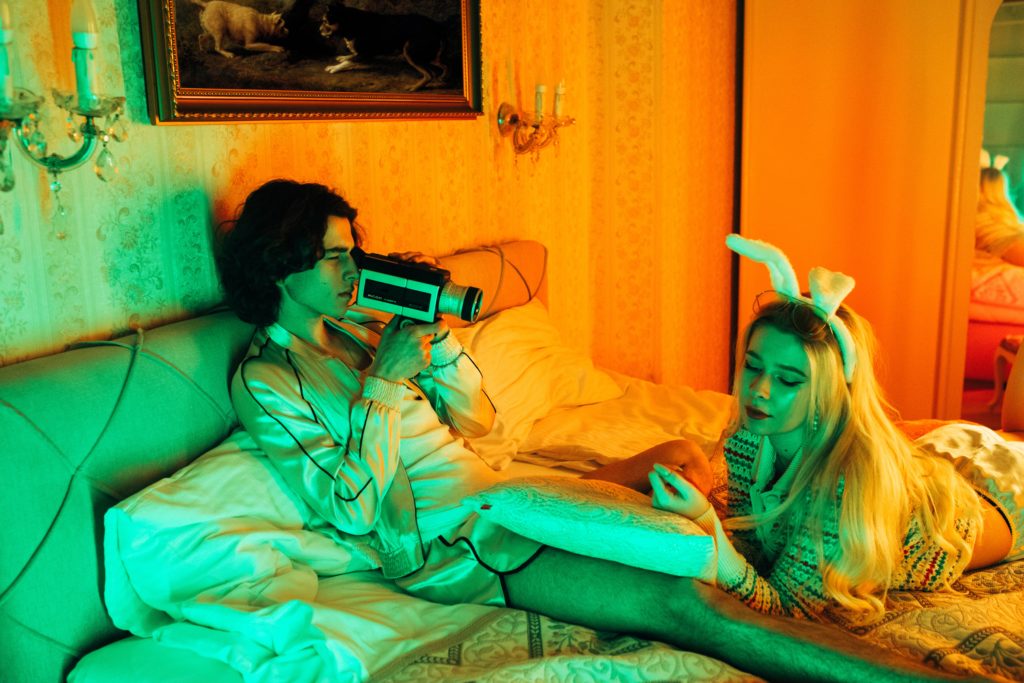
It’s a concomitant of the modern age that some people think a Bolex H16 is heavy. In fact, it weighs about eight and a half pounds loaded, so that’s only true if you’re a post-millennial film student for whom “camera” means “part of my phone,” although modern phones are starting to eerily ape the three-lens configurations of a turreted 16mm news camera. Still, whether or not we agree that a clockwork 1935 camera design, even the reflex version, is a particularly good way to introduce students to the wonders of photochemical origination, or whether an H16 is even a particularly affordable way to do that in 2022, at least some educational institutions are making it happen.
Deliberately retro
Interest from enthusiasts and students in small film formats may not be growing, specifically, but it’s one way to stand out on YouTube, and apparently that’s enough to spend $15 a minute on media. If at all, it’s been growing so gently that the time never seemed right to discuss the subject, and our purpose here isn’t so much to crow about some sort of broad comeback, but that people’s desires may be changing. People aren’t so much trying to ape the best of commercial cinema – after all, the best of that has been digital for fifteen years – but seeking a deliberately retro result. This is not film in pursuit of beard-stroking screen artistry from a mid-century auteur, but for exactly the sort of fashionable kitsch that does well on TikTok.
The maximum duration of a TikTok video increased to about the enudrance of a super-8 cassette this year, which is probably coincidental, though anyone who’s paying that much for once-only storage might worship at the altar of short videos. Meanwhile, actually figuring out the cost of shooting some of Kodak’s finest varies depending how you do it. That H16, for instance, takes 100-foot rolls, which is not the most cost-effective way to buy film to begin with. One realisation provoking a Spock eyebrow is that very often, 16mm is barely costlier than super-8. The calculation is complicated by process- and transfer-paid deals, quantity discounts, and particularly the standard of transfer, but three or four times the negative area for (often) minimal extra cost is a pretty spectacular economy of scale.

Other recent improvements are almost as fundamental as the leap from 8 to 16. Many a tear has been shed over Kodachrome, although the wonderful insanity of the associated darkroom process has been, to at least a tiny extent, rehabilitated by the comparable insanity of Kelly-Shane Fuller and his efforts to rehabilitate colour Kodachrome processing (yes, seriously, someone has approximated K14 in the home darkroom, which brings a whole new meaning to the movie title “Dancer in the Dark.”). Fuller’s effort is obscure, now, but it certainly used to work. Nonetheless, it’s hard to avoid the reality that Kodak’s modern Vision3 negative materials have a lot more performance than Kodachrome 40 ever did, as well as 25% more sensitivity even for the fine-grain stuff.
Simultaneously, there’s lots of time being spent on building and rebuilding scanners that make decades-old 8mm holiday movies look like, well, decades-old, bad-16mm holiday movies. There’s a school of thought which considers degraining Kodachrome to be cheating, if not outright desecration, but digital stabilisation of ancient, consumer-targeted cameras is easier to justify (and certainly easier to watch). It’s hard to claim that any motion imaging format really has useful resolution finer than its stability error, after all.
Characterful, just less good
This combination of improvements has recently meant that good Super-8 now looks like mediocre 16, at least if you’re willing to shoot outdoors at midday on the equator. The problem now is the gruesome glass historically fitted to consumer cameras, which were often priced to appeal to the hobbyist and are now hugely dated designs, which means same thing as “characterful,” just less good. This is why super-8mm cameras with interchangeable C-mount lenses are expensive.

If there’s a problem, it’s exactly that: a lack of gear. Anything known to be good is now expensive, everything which exists – good or bad – is now wearing out, and nobody’s making anything new. Kodak tried. Logmar (which might have been involved in Kodak’s effort) tried, even announcing its Rockhopper 16mm camera earlier this year, but gave up on the project for lack of interest in a matter of months. There is a crushing divide between the ambition of small-gauge hobbyists and students and the sheer costs of creating such a complex piece of electromechanics.
Perhaps technology will help that, with new CAD-CAM workflows, just as technology has so massively improved the performance of small gauge film in general. For the moment the problem is that film stocks remain in manufacture, but cameras like that tidy little Bolex don’t.

Filmtools
Filmmakers go-to destination for pre-production, production & post production equipment!
Shop Now













